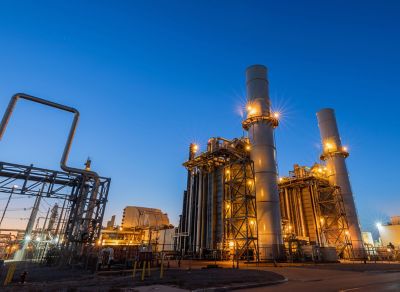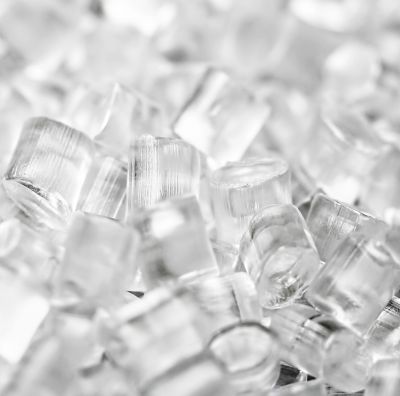- Our impact
- Environmental
- Social responsibility
- Governance
- Molecular recycling
- Plastic solutions
- Sustainability report
- Stories
- Contact us
- Home ...
- Sustainability
- Environmental
- Climate
- Greenhouse gas emissions
Greenhouse gas emissions
We are committed to implementing innovative solutions to maximize our energy efficiency and reduce our greenhouse gas (GHG) emissions.
Eastman established dual-horizon greenhouse gas reduction goals:
- Reduce absolute Scope 1 and 2 emissions 30% by 2035
- Reach net-zero operations by 2050
Along with 10,000 other U.S. facilities, Eastman submits an annual report of GHG emissions in compliance with U.S. EPA’s mandatory GHG reporting rule. In alignment with external frameworks such as the Task Force on Climate-related Financial Disclosures (TCFD), we consistently evaluate the opportunities and risks associated with a transition to a low-carbon economy.








